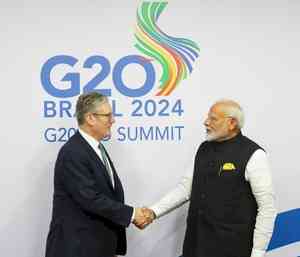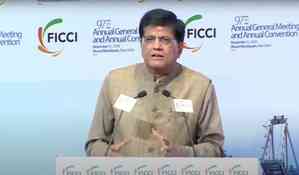Energy Price Cap Explained – What You Need to Know About the Rising Energy Costs?

Let's face it: our nation is currently in an energy crisis. Headlines in the news remind us almost daily of the financial strain caused by skyrocketing energy bills, and pessimistic forecasts abound regarding the cost of gas and electrical supplies in the not-too-distant future.
In April, there was a significant increase in the price cap for energy by 54%. Even though the energy market is in turmoil, there are currently no more affordable agreements. Consequently, the wisest choice right now is to continue to be subject to a capped tariff or switch suppliers.
For more information, continue reading Energy Price Cap Explained – What You Need to Know About the Rising Energy Costs.
What Is an Energy Price Cap?
The market regulator Ofgem first implemented an energy price cap in 2019. It determines the maximum amount that energy suppliers are entitled to charge per kWh of gas and electricity (often referred to as the 'unit rate') during a given year.
How Does the Energy Cap Work?
The implemented price cap intends to protect the millions of families already paying exorbitant rates for overpriced basic or default variable tariffs from being taken advantage of. The cap is increased after each of the two annual reviews, which take place in February and August, respectively, takes effect in April and October.
Price-capped tariffs are the only thing that can be considered substantially cheaper given the current state of wholesale pricing, which is at an all-time high. These tariffs, which the vast majority of people are on, have traditionally been hundreds of pounds more expensive per year than the cheapest tariffs available on the market. Despite this, the market is currently experiencing a crisis.
Energy Price Cap Further Explained
A price cap on energy means that energy suppliers won't be able to charge more than the capped price that applies to their standard energy tariff. This means that consumers should benefit from lower overall energy costs.
The price cap on energy only applies to England, Wales, and Scotland residents, so you won't be affected if you live elsewhere. The Utility Regulator determines how much you pay for your energy bills in Northern Ireland (instead of Ofgem).
It won't apply if any of the following are true:
• You are enrolled in an energy plan with a set duration (although it will affect you when your tariff ends).
• You have decided to go with an Ofgem-approved standard variable green energy tariff exempting from the cap.
Keep in mind that:
• Although this isn't always the case, the energy price cap included in your provider's basic variable rate will probably be very close to being the most affordable option currently accessible.
• The cap does not limit the total amount you will have to pay; somewhat, it limits the rate that will be charged. The prices are for households with typical energy use; your bill may be lower or higher than these estimates.
• Several energy tariffs are not subject to price caps.
Take Away
Income has less of an impact on energy spending than any other spending category. Because of this, households with lower incomes are required to spend a substantially more significant portion of their family budgets on energy than households in groups with higher incomes. Energy price caps are set to ensure everyone has an equal opportunity to light up their rooms and keep their homes warm.


 City Air News
City Air News 











